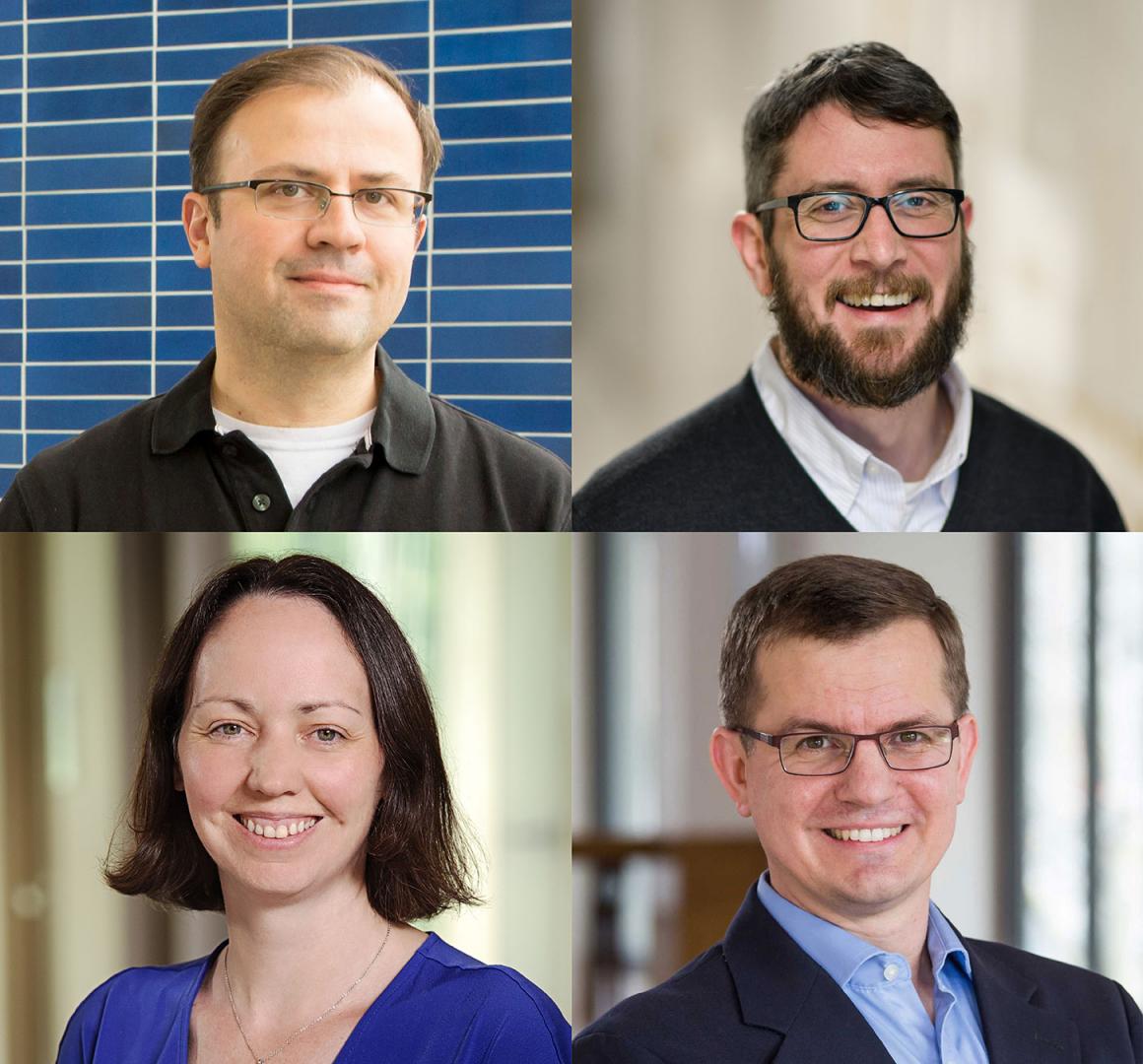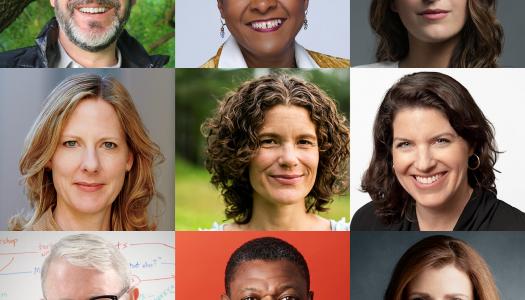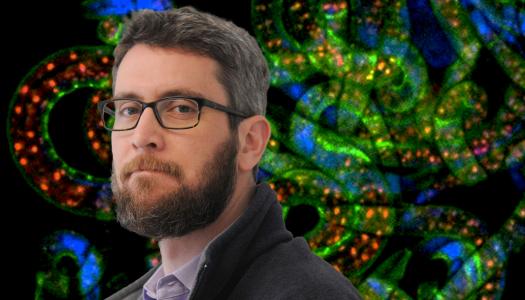Forward Fest: Princeton bioengineers offer peek at science’s ‘next revolution’

The exciting and rapidly growing field of bioengineering was the topic of March’s Forward Fest, which featured members of Princeton’s faculty discussing advancements and potential real-world applications for their groundbreaking research.
On March 18, Cliff Brangwynne, the director of the new Princeton Bioengineering Initiative (PBI), began the online session by talking about how exciting it is to be building the new initiative at a moment when the field is powering new discoveries in multiple disciplines. “Bioengineering is at a place in its development where computers were in the 1960s and 70s,” he told moderator Kirsten Bibbins-Domingo ’87, a University trustee and professor and dean at the University of California San Francisco School of Medicine. “We’re on the cusp of the next revolution, and this is an opportunity for Princeton that I think is just tremendous.”
Bioengineering brings together two areas of historical strength at the University — engineering and the life sciences. Brangwynne emphasized how deep scholarship and fundamental knowledge, even within the engineering school, distinguish Princeton’s work in this area from its peers. “The students see [bioengineering] as poised to have the biggest impact of perhaps any other discipline on society in the coming decades,” Brangwynne said. “There’s a great need for developing new courses and infrastructure and programming for this student demand.”
Brangwynne described how PBI is focused on bridging connections and thinking about how to make the pivot from fundamental discoveries to real-world applications, referencing the strong biotech pharmaceutical sector in New Jersey and other opportunities for licensing technologies through partnerships and fostering more entrepreneurship within the University community.
Celeste Nelson introduced herself as an “aspiring tissue engineer” who aims to understand the “nuts and bolts of how organs and tissues build themselves, so that we can pull together nature’s toolbox and use those tools to build organs ex vivo or to induce regeneration or repair within the body itself.”
She also referred to bioengineering as the quintessential “gateway discipline” because it can introduce students from a variety of backgrounds to engineering concepts and principles: “The work that we’re doing on my favorite organ, which is the lung, was pioneered in my group by undergraduate students and high school students who bring an energy to the problem and a fearlessness that I really hope to emulate as an older person each time I start a new project."
While Brangwynne and Nelson concentrate their research on elements within the human body, bioengineering also encompasses other areas, such as biomanufacturing. José Avalos uses bioengineering methods to produce all sorts of sustainable products that we need for our daily lives, ranging from fuels to pharmaceuticals to food. For example, Avalos explained how farm-raised salmon are fed petrochemical-based dyes so their pigmentation is acceptable to grocery store shoppers. Instead, Avalos suggested, we could engineer a yeast to produce the same pigment that a salmon’s natural food source makes in the wild and it would be healthier and more sustainable than current methods.
He also cited the example of the Pacific yew, an endangered tree whose bark provides the scarce cancer-fighting drug known as taxol. “The tree takes about 100 years to grow to the size for which you would need to harvest four to six of these trees to treat one patient,” Avalos said. “The trees have been at the brink of extinction and the cost of these drugs is astronomical. Most people that could benefit from them cannot have access to them because they’re simply not enough trees to make the drug. So one of the holy grails in the field is to engineer, say, a yeast that produces these drugs, or precursors to these drugs, as easily as you grow a batch of beer. That’s sort of the power that this technology can have.”
Just as Avalos illustrated a number of focus areas that fall under the umbrella of bioengineering, Ben Rafael showed that there are multiple methodologies that can be used in the field. He works at the intersection of computer science and molecular biology, using techniques from machine learning, statistics and mathematics to interpret molecular data — specifically mutations and other molecular changes within the cells of cancer patients. He explained how collaborations with medical schools all over the world provide him and his fellow researchers with the data they need, despite the fact that Princeton doesn’t have its own medical school. He values these external collaborations, but considers the internal collaborations the true strength. “I think it’s very distinctive at Princeton,” he said.
In the closing roundtable moderated by Bibbins-Domingo, all of the faculty members discussed how Princeton provides the right environment for advanced research in bioengineering due to the cross-disciplinary and interdisciplinary nature of the work. Rafael noted this is particularly important for a relatively young and growing field such as bioengineering. “You don’t want it to become siloed too early,” he noted. “You want these diverse intellectual viewpoints colliding with each other routinely so that the field continues to be enriched. You don’t want to define what it is early. One nice thing about Princeton is that it’s a relatively small place where people collide into each other routinely, so it’s hard — it’s almost impossible — to become siloed at Princeton.”
The group also spoke about how Princeton’s focus on the liberal arts also increases the power of what can be achieved. According to Brangwynne, this is particularly important when dealing with the ethical dimensions of potential discoveries. “It’s critical that this [work] is done in a deliberative manner, with input from policy makers, historians, philosophers that I think can only happen at a place where these different disciplines coexist,” he said. “I think this is a perfect place to take bioengineering in the right direction.”
Nelson concurred: “People who come at these problems from very different backgrounds can raise issues related to ethics and applications and implications that we might not see on a daily basis, and I've certainly experienced those conversations in the classroom.”
The next Forward Fest will be held April 15 at 4 p.m. EDT. The event will focus on the Environment. RSVP now to receive a resource guide and program updates.
Forward Fest is a monthly online series that continues throughout A Year of Forward Thinking, featuring Princeton faculty and alumni exploring a wide range of forward-thinking topics. Learn more.

